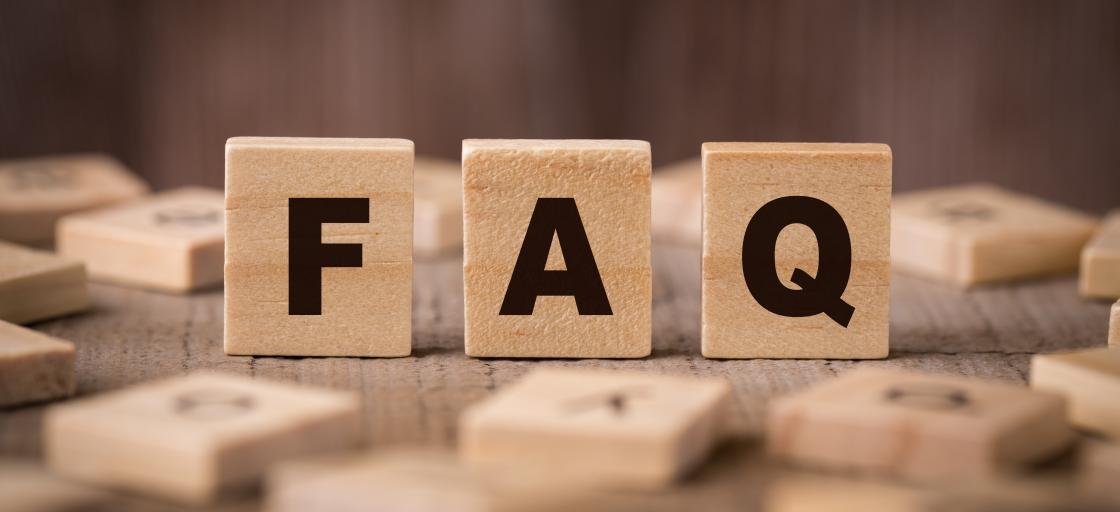Are there different interpreting methods?
Obviously YES. Various interpreting solutions will be called for depending on the type of service required and the kind of conference involved:
Simultaneous interpreting
The interpreters work in teams in soundproof booths, using headphones and a microphone. They interpret simultaneously, without interruption, from the speaker’s language into the listener’s language. Participants hear the translation via headsets. This type of interpreting is good for events with a lot of people. It is essential at events that consist exclusively of presentations, and at conferences that involve more than two languages. The advantage of simultaneous interpreting is that you lose no time in communicating the message. The participants and interpreters are also not distracted by the sound of each other. If you wish, we can provide you with simultaneous interpreting equipment as part of an all-in-one package. > Conference equipment
Whispered interpreting
Instead of working in a soundproofed booth, the interpreters work with a portable tour guide system and provide whispered, simultaneous interpreting via a microphone. Participants hear the interpreter in their headsets, just as they do with simultaneous interpreting. Using a tour guide system makes sense for events with just a few people (e.g. product presentations, talks), when space is too limited for an interpreting booth, and when the event involves moving to different locations (e.g. during factory visits and guided tours of exhibitions). We use our own Beyerdynamic Synexis system, which we can bring to the event – with no extra organisational effort needed on your part. > Conference equipment
Consecutive interpreting
The interpreters tend to work alone, rather than in a team (unless the meeting is going to be very long). During the presentation or talk, the interpreter takes notes and then translates when the speaker pauses. This is the preferred approach for one-on-one discussions, business negotiations, and prestigious events. However, it is very time consuming and therefore unsuitable for events with a lot of participants and where presentation times are limited. Consecutive interpreting requires no special technical equipment.
Interpreting – what is actually involved?
Interpreting is like juggling several balls at once: it demands concentration, skill and practice. These are the tools of our trade, and they are based on thorough training, a modicum of talent and years of hands-on experience. And we also take on new subject areas by doing our own research using all available media. However, when preparing for a particular event the best results are always achieved if all relevant documentation, presentations, flowcharts and so on are made available to us in good time. Preparation time can often add up to several days and this will be included in the fee.
Maintaining such a high level of concentration is only possible for a limited time if the automatic mechanism 'speech-input –conversion –speech-output' is to function smoothly and deliver a consistently high level of quality. For this reason we operate with a team of two or three interpreters per speech combination ( depending on the length of the working day and the scope of the workload,) who will alternate every 30 or 40 minutes in the interpreting booth.
What does it all cost?
Interpreters charge a daily rate for their work. However, in view of the wide range of applications and the extremely individual nature of the events and requirements there is no one-fits-all figure for interpreting costs. The size of the team, the length of the deployment, the type of interpreting required, the language skills needed (the less common, 'exotic' language combinations are simply more expensive to cover than the 'classic' type), the amount of preparatory work required and so on, all these parameters have to be factored in.
Just tell us what you want and we will draw up a cost package to suit! > Contact

